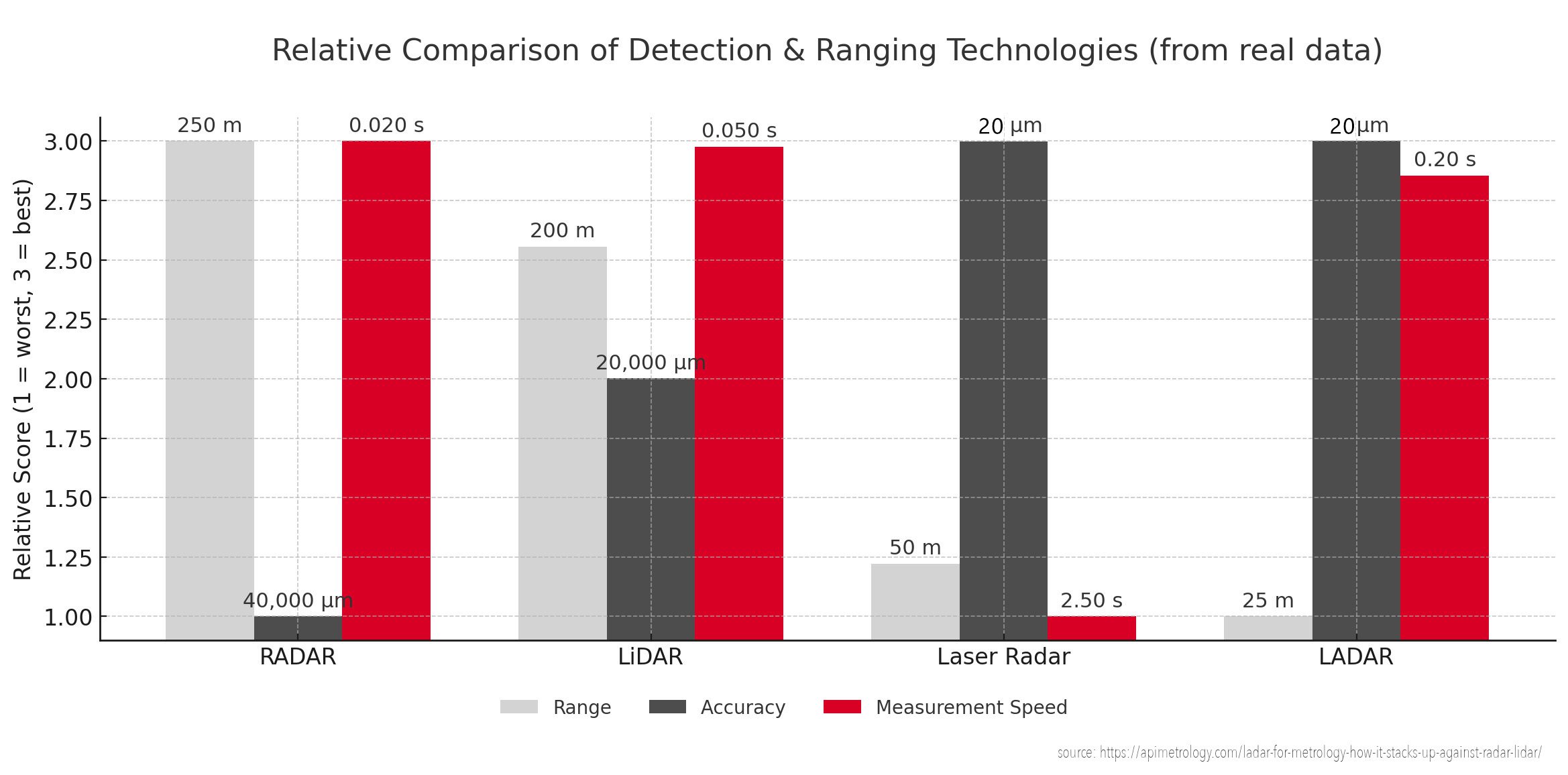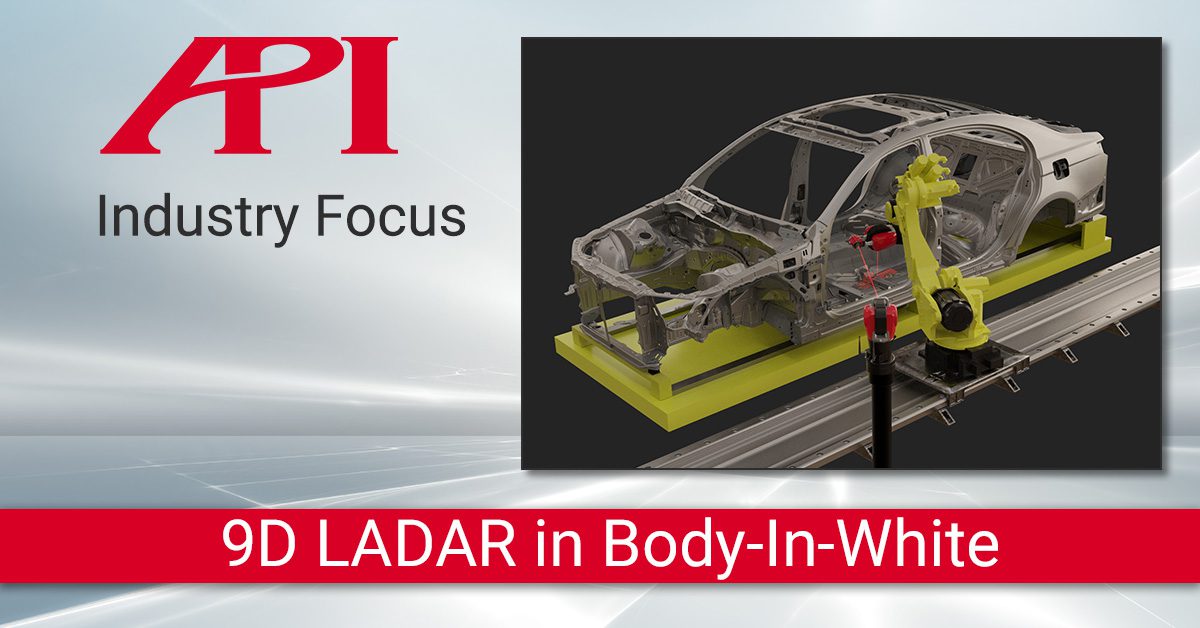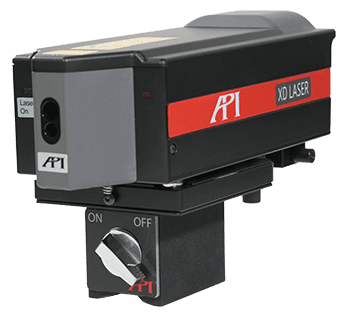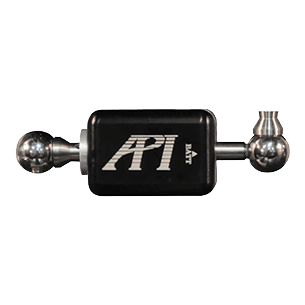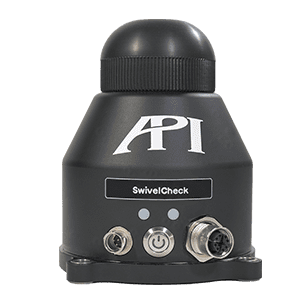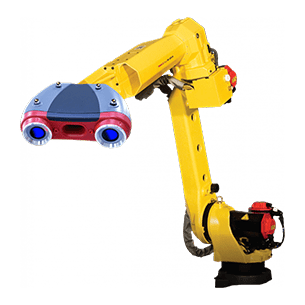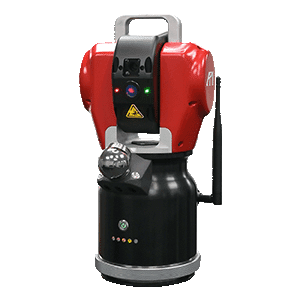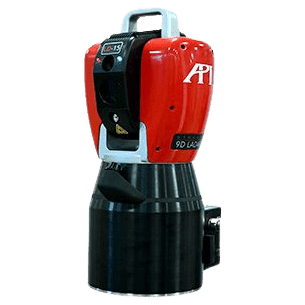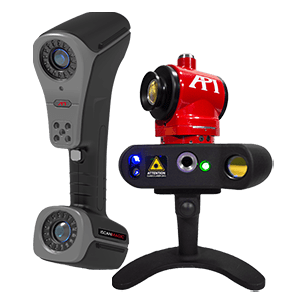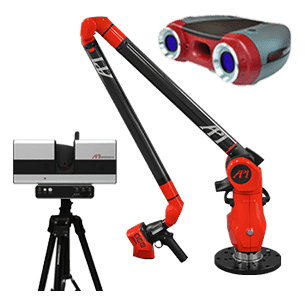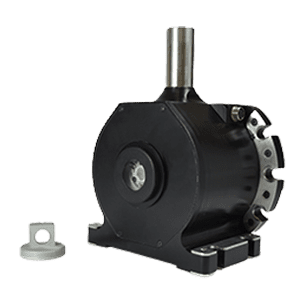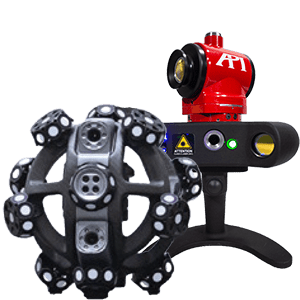The paradox of modern manufacturing is that as designs of machined parts become more complex and difficult to navigate, they require more intricate and precise three-dimensional measurements. Cockpit assemblies, vacuum chambers, turbine housings and railroad cars are just some of the examples of objects that require very precise measurements in their construction but also have large dimensions, hidden angles and tight spaces that complicate the process.
Due to the difficulty of these measurements, manufacturers often resort to time-consuming and expensive practices like multiple tracker repositionings or traditional CMM readings. By using the full advantages of the Laser Tracker, however, many of difficult spaces can be managed with a single, inexpensive measurement setup.
Here are three strategies for improving Tracker use in complex manufacturing.
1) Take Advantage of the Tracker’s Range
API’s Radian Laser Trackers are accurate to a range of 80m, and the SMR targets boast an accuracy down to ± 2.5 microns at that range. It’s easy to view that 80m as a sheer linear distance, but it can be advantageous to use that range three-dimensionally. Mounting the tracker at a high level can provide unobstructed angles of the entire manufacturing area and a bird’s-eye view inside intricate parts that may remove obstacles presented to head-on measuring.
Many bottling plants, for instance, install laser trackers near the ceiling. In other cases, such as compressors set up in the open air, trackers are placed on maintenance platforms up to 6m high, depending on the size of the machines. And a temperature sensor, weather station, and autolock target tracking ensure that measurements stay accurate, even at long distances.
2) Use the Tracker’s Portable, Flexible Mounting Capabilities
When measuring large components, it is often essential to install the laser tracker inside the system itself, as some of the measurement points cannot be reached from the outside. Often in these confined spaces, the tracker cannot be setup at a point far enough from the object to pick up these measurement angles. This is common in vacuum chambers, where conventional trackers are rearranged up to 10 times.
As with our first strategy, however, many of these setups can be eliminated by using the tracker’s flexibility in three dimensions. The Radian Laser Trackers can be mounted vertically, horizontally, and in inverted positions, and at <11kg each, they are the lightest on the market. Additionally, they have a vertical scanning range of 138° (-59°-+79°), allowing virtually any point that is not directly above or below the Tracker to be measured.
3) Use the Full Range of the vProbe to Reach Hidden Points
Regardless of Tracker position, there are many manufactured parts whose intricate features and characteristics are not all within the Tracker’s line-of-sight for a single measurement setup. For many of these parts, however, the Tracker’s line of sight can be extended far enough with a tactile probe to complete the measurement in a single setup.
Tactile probing can be used for parts and locations of various sizes. API’s vProbe has multiple probe mount orientations, allowing for measurements inside, behind, and underneath parts. And with styli lengths of up to 500mm, the vProbe has a probing circumference of over 3m without having to change its position in relation to the Tracker. And the dynamic scanning ability of the vProbe allows for expanded functions beyond part inspection and quality management to reverse engineering.
Manufacturing environments and their machined parts are becoming increasingly more complex over time. Proper use of the Laser Tracker and all of its features is essential for maintaining accuracy and efficiency in these difficult locations.
For more information about API’s Radian Laser Tracker Series, click here.
Interested in training on all of your Tracker’s features, contract our Services Team here.



